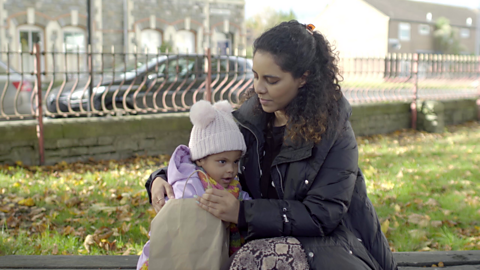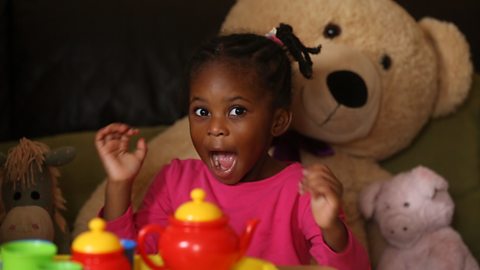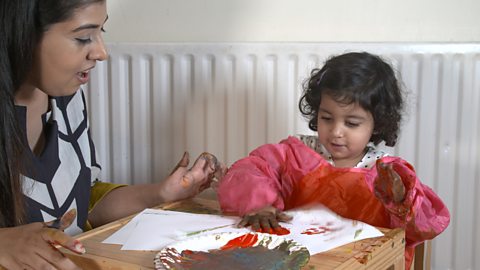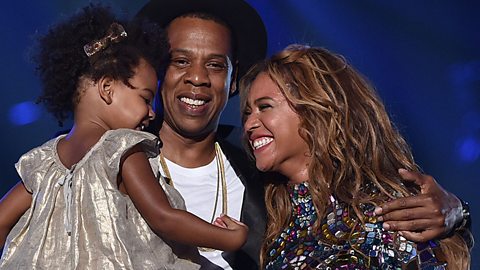Home > Activities > 2-3 years
'What's in the bag?' isn't just a game you can play at home. Why not play it at a picnic, cafe or on the bus?
Choose some everyday objects and put them in a easily portable bag.
Tell your little one about what each item does, its size, shape, colour and texture, as well as where you find it in the home. Can they guess what's in the bag?
Watch the video below to see how to make the most of this activity when you're out and about.
What are the benefits of the 'what's in the bag?' game with toddlers?
- Guessing what an object is from clues given helps children develop problem-solving skills.
- Listening to information and making a mental picture of an unseen object helps children begin to understand other peopleÔÇÖs thoughts.
- Describing the object before pulling it out of the bag helps your child to link words and their meanings to physical objects.
- Playing with the item after it comes out of the bag allows children to see how it is used and learn words for these actions.
- Taking turns and talking about all the items creates opportunities for conversations.

Top tips for playing 'what's in the bag?' with your toddler
Choose some everyday objects and put them out of your childÔÇÖs sight and into your the bag.
If you're going to play this game out of the house, make sure your objects are easily portable and fit in the bag all together.
You can repeat the words 'Shake, shake, shake, what's in the bag?' every time before reaching in and exploring the objects with your hands.
You could turn it into a guessing game by describing the item while your hand is still in the bag. You could talk about its size, shape, colour and what you use it for. Can your child work out what the object is?
This might be too difficult for some toddlers and that's completely fine. If your child finds it difficult to guess the object youÔÇÖre talking about, you could use mime or signs to help them guess.
Or you could just pull the item out of the bag and see if your child can name it. This is a fun game, it's not meant to be a test for your child.
Once you've named the object together, you can expand on what your child says. For example, you could say 'Yes, that's your hairbrush, we use it to brush our hair.'
This helps your child hear the word in a longer sentence and also learn about its purpose.

What's in the bag around Tiny Happy People
Haven't played 'whatÔÇÖs in the bag?' before? Click on the below links to find out more about why it's one of our favourite activities for babies, toddlers and preschoolers.
- You can play 'what's in the bag?' with your baby even when they are a newborn.
- Age up your what's in the bag game by focussing on the senses and describing how things feel.
- Giovanna and Nigel from The Baby Club explain why they love to play 'what's in the bag?' on their programme.






